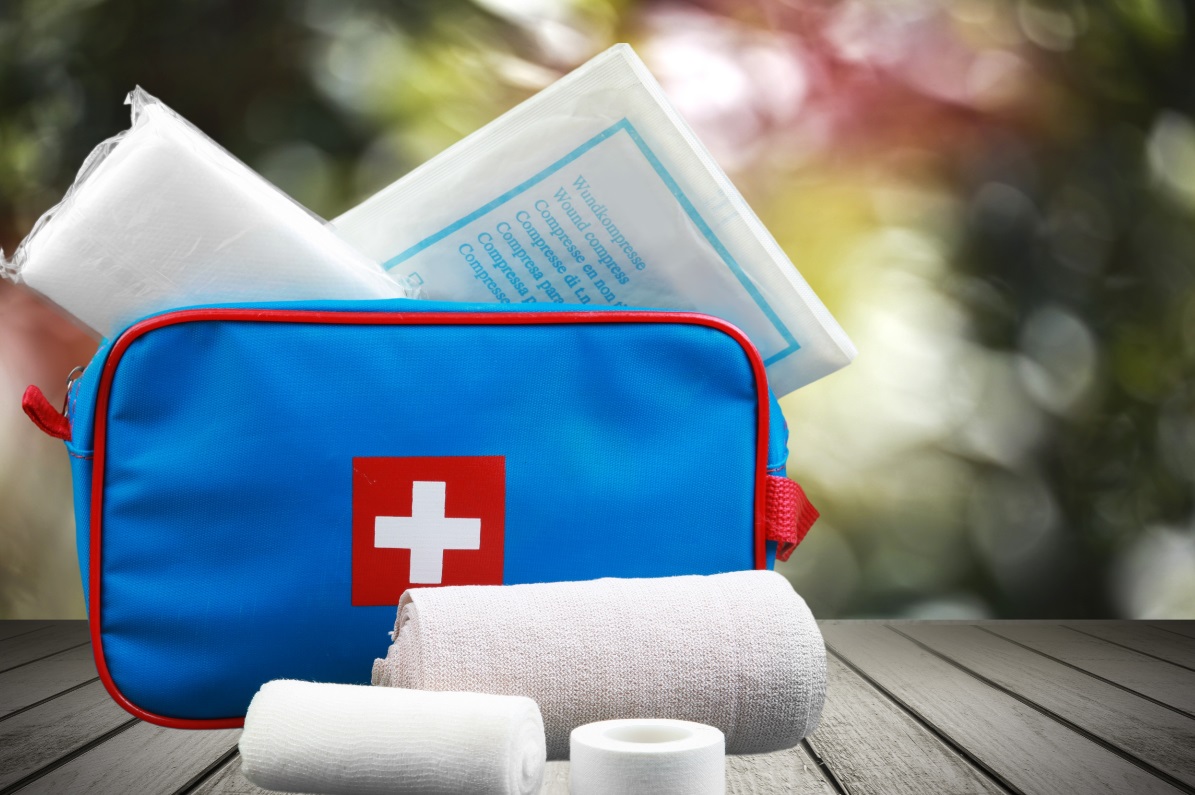Sometimes, no matter how diligent we are about taking care of our health, life just happens. We slip on the ice and twist an ankle. We reach for a pot on the stove and burn our hand.
When these kinds of injuries happen to us or to one of our loved ones, it’s important to know which first aid methods to apply, and also to know when something is serious enough to seek medical attention.
So we asked Dr. Cheryl Schwartz, DO, at the Center for Holistic Medicine to share her advice on what to do when you’re faced with one of these common first aid situations.
- What to do when you burn your hand
What to do first: “The most important thing is to run the affected area under cool (not cold) water to stop the burning process as soon as possible,” Dr. Schwartz says. “Do not use ice or butter or petroleum jelly or any other home remedies containing fats.”
Once the burning process has stopped, and there is no blistering present, Schwartz says you can use emollients like aloe vera lotion, etc., but avoid taking off any peeling skin.
When to seek medical attention: If blisters do appear on the skin or the skin looks charred, go to the doctor or emergency room.
- What to do when you twist your ankle
What to do first: “If you can walk on it, albeit with a limp, get ice on it as quickly as possible,” Schwartz says.
Next, Schwartz says follow the old RICE adage, which stands for rest, ice, compression and elevation. She recommends resting to avoid overusing the injured ankle, and putting ice on it as soon as possible for up to 20 minutes every hour. Also, elevate your ankle to reduce swelling. You can use over-the-counter non-steroid anti-inflammatory drugs (NSAIDs), such as Advil, as well as arnica gel for pain
When to seek medical attention: If you can’t walk on your ankle at all, and especially if you can’t bear weight on it, go straight to the doctor or the emergency room. If the RICE method doesn’t help or bruising develops, go see a doctor.
- What to do when you throw out your back
What to do first: Many people assume that if you throw your back out, your first order of business is to lie down. But Schwartz says, instead, start with ice. “Similar to when you twist your ankle, you want to ice first, up to 20 minutes every hour, then do what we call ‘relative rest’ — don’t overuse it, but no bedrest. That is an outdated idea that has worse outcomes.”
Schwartz says you can also use over-the-counter NSAIDs as needed for pain, as well as products such as arnica gel, Icy Hot, Salonpas patches, and Tiger Balm and more. Once you are able to, try some gentle stretches.
When to seek medical attention: If your back is not better in three to four days, consider making an appointment with a doctor, chiropractor or naprapathic practitioner. If you feel tingling or numbness down your leg or you have experience either bowel or bladder incontinence, Schwartz says go straight to the emergency room.
- What to do when you have a headache
What to do first: “Ice, ice baby!” Schwartz says. “Seriously, if you can ice where it hurts, sometimes that can really help.”
She also recommends trying “headache sticks,” which look like Chapsticks and are roll-on aromatherapy products that you can apply to your forehead. These can usually be purchased at health food stores such as Whole Foods. And she says Advil, Aleve, and Tylenol can be helpful as well. In addition, Schwartz says it’s important to stay hydrated.
When to seek medical attention: If your headache persists beyond a day, Schwartz recommends talking to a doctor. Also, if you are experiencing the worst headache of your life or a facial droop, head straight to the nearest emergency room!
- What to do when you have a stiff neck
What to do first: If your neck is just stiff with little or no pain, Schwartz recommends starting with some gentle heat on your neck for 15 to 20 minutes, followed by gentle neck stretches to improve your range of motion. If you just have a “crick” in your neck from sleeping funny, the pain should resolve in three to five days.
If the neck is more sore than stiff, Schwartz recommends following the same protocol of icing as for the back.
When to seek medical attention: If your pain lasts longer than a week, make an appointment with a doctor, chiropractor or naprapathic practitioner. If the pain in your neck is due to an injury, see a doctor. If you develop numbness or tingling down your arm, go straight to a doctor.
